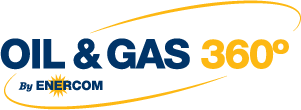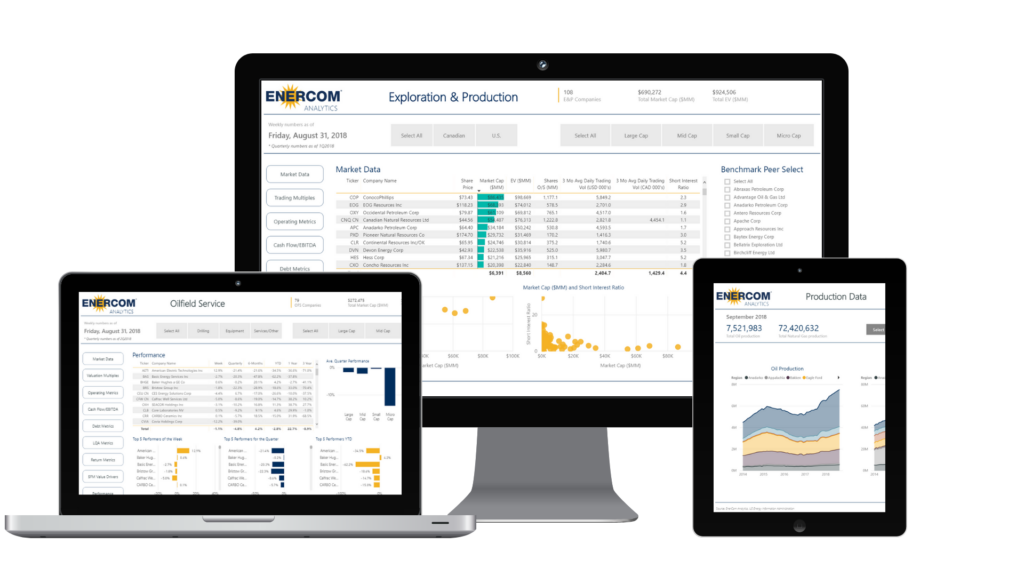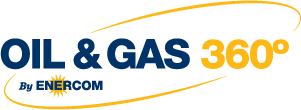Price realizations increase ~40% YOY
Cabot Oil & Gas (ticker: COG) announced second quarter results today, showing earnings of $21.5 million, or $0.05 per share. After adjusting for certain special items, Cabot’s net income for Q2 was $64 million, or $0.14 per share. Second quarter production was a cumulative 173.1 Bcfe, which is 14% higher than Q2 2016 production levels.
Cabot reports that its natural gas price realizations, including derivatives, were $2.38/Mcf, while the company received $44.96/bbl of oil and $16.59/bbl of NGL. These realizations are significantly better than those seen in Q2 2016, when Cabot received an average of $1.63/Mcf, $40.30/bbl and $12.43/bbl for gas, oil and NGL, respectively.
35-40 Bcf produced per well
Current fourth generation wells continue to outperform the ‘gen 4’ type curve, which predicts 4.4 Bcf/1,000’ lateral. Cabot’s current wells typically utilize 8,000’ laterals, with more than 50 frac stages and over 2,000 pounds of proppant per lateral foot. In the lower Marcellus, these wells typically recover around 35-40 Bcf of gas for a cost of $7.5 million. According to Cabot, this gives the company the most productive gas wells in the entire onshore U.S. current completion design testing is focusing on decreasing overall completion cost, which may counterbalance possible future service cost inflation.

1.7 Bcf/d additional takeaway by end of 2018
Cabot has proactively tackled the perennial problem of Marcellus producers: constrained takeaway capacity.
Several new pipelines and two planned power plants are projected to give Cabot an additional 1.7 Bcf/d of takeaway capacity by the end of 2018. The planned Atlantic Sunrise pipeline, for which Cabot will be the main shipper, will provide most of the additional capacity, with 1 Bcf/d of takeaway. The pipeline received FERC approval in February, and should begin full operation in mid-2018.
“Our second quarter results demonstrate what our high-quality asset base can continue to deliver, highlighted by double-digit year-over-year production growth while generating positive free cash flow for the fifth consecutive quarter,” said Cabot Chairman, President and CEO Dan Dinges.
“We continue to focus our capital allocation efforts not only on driving returns-focused growth from our deep inventory base, but also on increasing our return of capital to shareholders as evidenced by our dividend increase and share repurchases during the quarter. Year-to-date we have returned over $100 million of our free cash flow to shareholders.”
Q&A from COG Q2 conference call
Q: How are you thinking about the ramp into Atlantic Sunrise? Are you thinking about growing aggressively into that or taking volumes potentially constrained elsewhere and moving it over? And then second with regards to the Pennsylvania permits, what benchmark should be we be looking there in order to see that get finished. I mean, you’re expecting here shortly but what else needs to be done?
Dan Dinges: On the Atlantic Sunrise growth, we’ve kind of been clear on the ramp is not going to be instantaneously incremental. We are going to shift volumes out of the basin where we’ve had punitive differentials. We think with that shift that we should see as we expect a narrowing of that differential in basin, which would affect positively the gas that we do continue to produce in basin, and then we will continue to grow the volumes incrementally into the new capacity that Sunrise affords us. So it won’t be instantaneous, but we certainly our planning our 18 program as we’re preparing to present to our Board in October an increased capital program for 2018 that would allow us to grow our production in the 15% to 25% range as we have outlined.
Q: And then with regards to the Pennsylvania permit? What’s left there for that to be done?
Jeff Hutton: We have two outstanding permits that are commonly known as a section 102 and section 105 permits. You’re probably aware that the Pennsylvania DEP went out for public comments back in May on these two permits. That was closed late June. There were several thousand comments submitted and quite frankly a lot of them were positive. And right now the DET is sorting through those comments, preparing answers and finalizing last minute data requests from questions that may have come up during that comment period. So we’re expecting going forward that these permits is getting the final touches to them, so to speak. And they’ll be out the door here mid to late August.
Q: Looking at the Gen 4 completions, which you pointed out are outperforming the 4.4 bcf per 1,000 foot type curve, I recall that in going to Gen 4 from Gen 3, it was a combination of enhanced cluster spacing, some higher sand loading, some tweaks to the pumping system there. But if you look at the economics in a higher cost to put in a higher sand in particular, and the tighter cluster spacing, how much of an uplift are you seeing in the actual economics given that higher cost from what is now that higher tide curve?
Dan Dinges: As far as the 4.4 bcf increase over the Gen 3 or even looking at now our current tide curve, I’m going to do a swag here and I’ll probably get slapped back, but I think it’s about 10% to 15% is the uplift I think we’re seeing.
Q: And then, I guess similarly in the Eagle Ford, I know you didn’t put out the type curves because it’s taking longer for the laterals to clean up. But there you’ve gone from 1,600 pounds per foot to 2,000 pounds per foot. Similarly is that providing enhanced economics and you then go to even higher sand loading or what are you seeing as far as optimizing the sand loading into Eagle Ford?
Dan Dinges: Well, we’ve had a little bit of discussion on additional loading, cluster spacing. Steve went over, and looking at our flowback periods with the longer laterals, more water pump to carry extra load and more clusters, we’re looking at the tweaks. And as Steve mentioned if you have more water around near well bore, more loading you push back some of the volumes back until they work their way back to the well bore. Initially, certainly with the rate it comes back does affect the rate of return, and so we’re at early, early stage trying to evaluate just exactly what is going to be the best recipe to get the most return out of the project without optimizing DUR and cost. So it’s still early and it’s work in progress and all the data gathering and database that we’re building, trying to build our big data platform as others are. We are going to be looking at it and utilizing the data to make decisions in the future.
Q: And then back to the Gen 5 completion. Is that strictly just reducing cost or it is Gen 5 in the Marcellus, some greater sand loading or even tighter cluster spacing.
Dan Dinges: Well, it’s just different. And yes, we are trying to do a little bit of both. We’re trying to see what costs can be taken out by different completion and we’re trying to make it a determination, does it also affect initial rates in the URs on the completions. Too early to speculate where we are with that.


